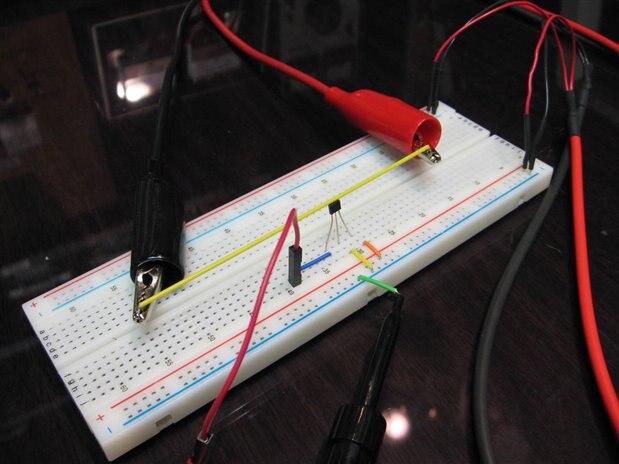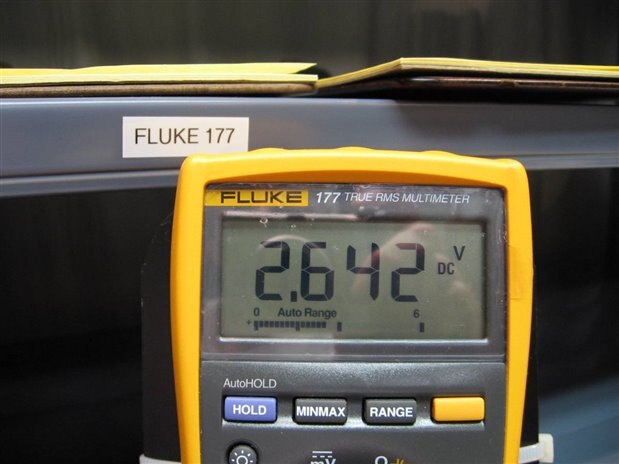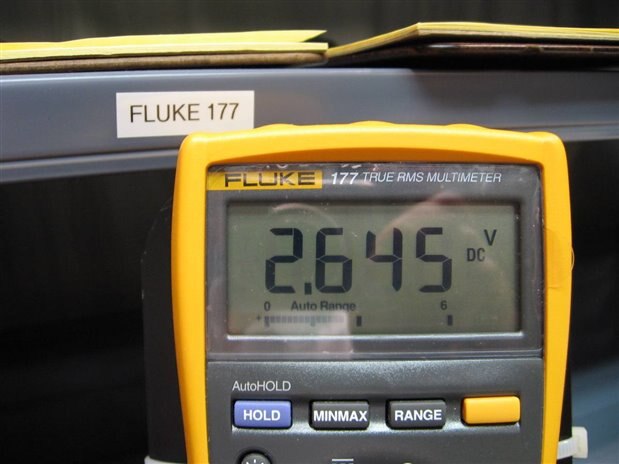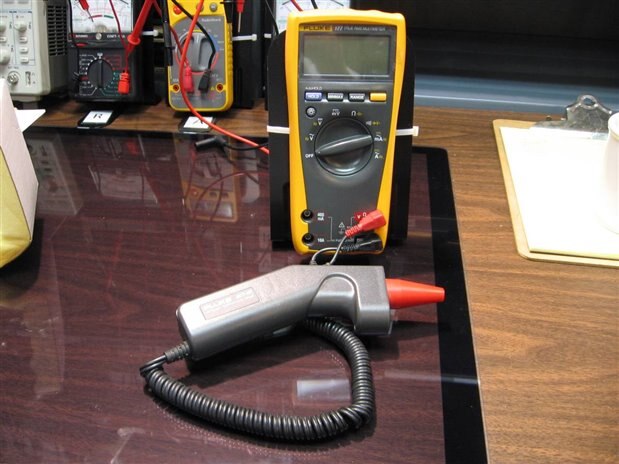Hello,
I would like to develop a testing method to detect window defroster grid failures. Rear windows has 12 heating wires painted to the glass and cca. 2% are faulty pieces.
I tried to measure the resistance, current and voltage drop of good parts and compare results with those where was at least 1 broken wire, but the difference was smaller than the tolerance specified by the supplier. (Other problem is that the resistance is greatly depending on the temperature)
Now we are testing visually with a thermo foil but it takes more time and sometimes the operator mistakes or can forget to correctly check thermo foil. It is also very important to not hurt parts during the testing process, so best option would be contactless testing if possible... 
I'am thinking about to make a tool with 12 sensors, 1 sensor to every each heating wire to sense a flowing current in a wire. But I'am not sure that there is any sensor avaible in the market for such a purpose. Finally PLC have to check the outputs of every sensors, if all the 12 wires are good (current is flowing through them) gives visual signal or in case of failure sound alarm or red light flashing.
Here is the specification of rear window defroster:
Power: 167,37W ±10%
Current: 12,87A ±1A
Resistance: 1,0 Ohm -10%/+20%
Wire thickness: 0,48mm
In the attachment you can find technical drawing of the window.
Any ideas and suggestions are welcome.
Best regards,
Ate







